Smart Air Conditioning Market Summary
As per MRFR analysis, the Smart Air Conditioning Market Size was estimated at 19.27 USD Billion in 2024. The Smart Air Conditioning industry is projected to grow from 21.81 USD Billion in 2025 to 75.37 USD Billion by 2035, exhibiting a compound annual growth rate (CAGR) of 13.2 during the forecast period 2025 - 2035.
Key Market Trends & Highlights
The Smart Air Conditioning Market is poised for substantial growth driven by technological advancements and increasing energy efficiency demands.
- The integration of smart technologies is transforming traditional HVAC systems, enhancing user experience and control.
- Energy efficiency remains a focal point, with consumers increasingly prioritizing sustainable solutions in their purchasing decisions.
- North America leads the market, while the Asia-Pacific region is emerging as the fastest-growing area for smart air conditioning solutions.
- Rising demand for energy efficiency and government initiatives are key drivers propelling market expansion, particularly in residential and commercial segments.
Market Size & Forecast
| 2024 Market Size | 19.27 (USD Billion) |
| 2035 Market Size | 75.37 (USD Billion) |
| CAGR (2025 - 2035) | 13.2% |
Major Players
Daikin (JP), Carrier (US), Trane (US), Mitsubishi Electric (JP), LG Electronics (KR), Samsung Electronics (KR), Honeywell (US), Panasonic (JP), Gree Electric Appliances (CN), Toshiba (JP)

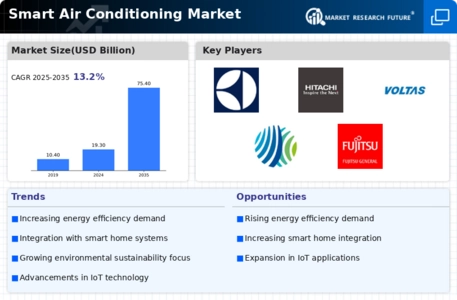
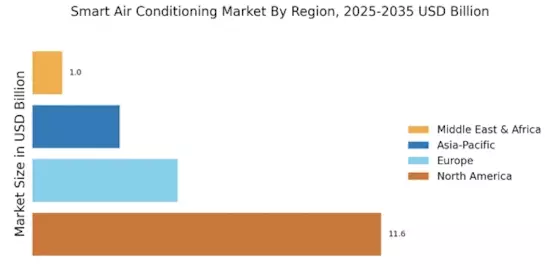
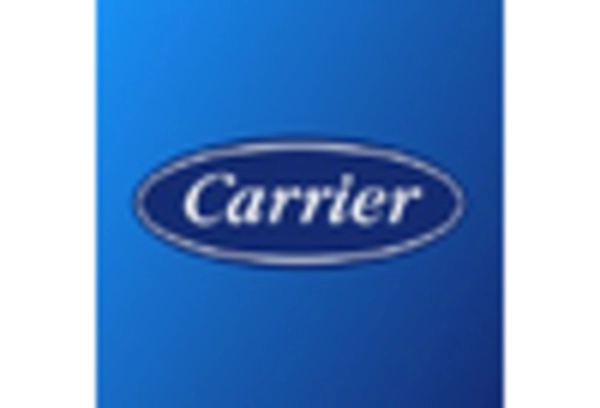
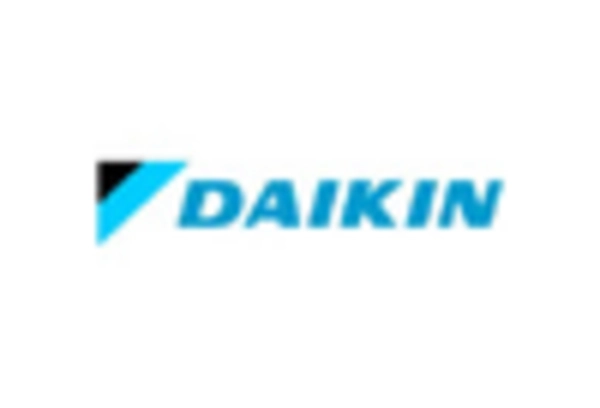



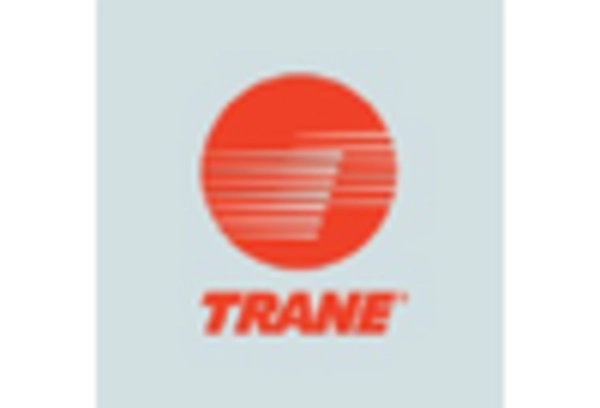








Leave a Comment